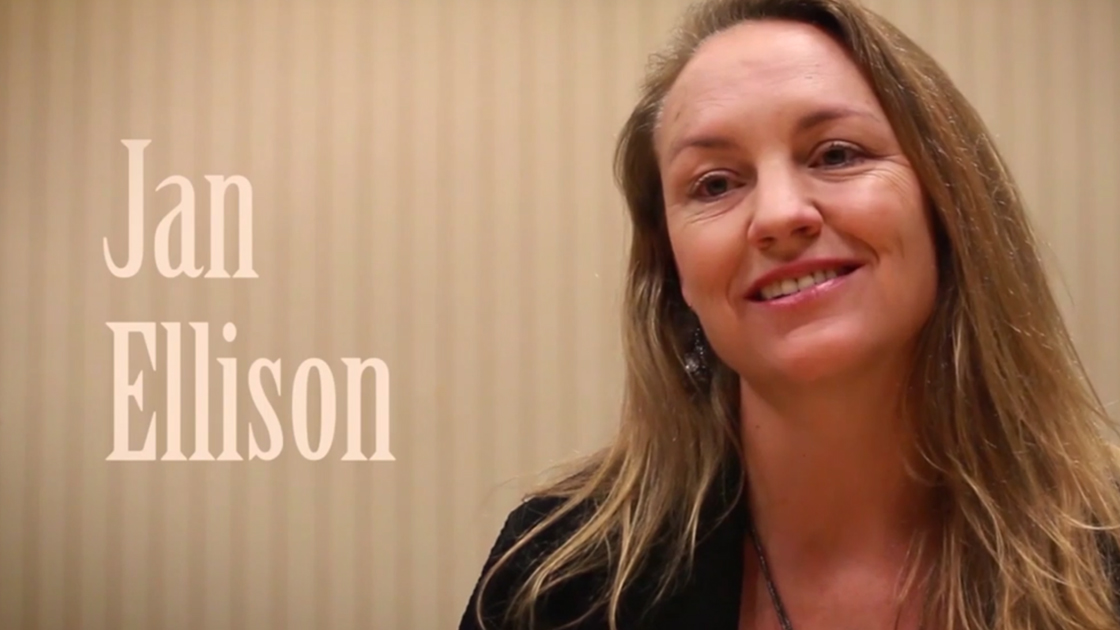
Who chooses a book’s cover? Or: sex sells
I’m often asked at readings and book groups who decides what a book’s cover will look like. From what I can tell, this depends on the publisher, the editor, the author and the book. When Jonathan Franzen launched Freedom at the Herbst theater in San Francisco, he turned the book face in, away from the audience, because he hated the cover so much. “No birds,” he’d told his publisher, apparently, but a bird ended up on the cover anyway.
I was much luckier. Although my contract stipulates that my publisher has final say over the cover design, it was clear from the start my editors weren’t going to insist on a cover I didn’t like. Still, it was a long and difficult road. I was asked to submit covers I liked, and any ideas for directions. After a couple months of silence, I received a cover design, FedEx, at the hotel in Hawaii where we were vacationing with my husband’s family after Christmas. I’ll admit that receiving that first FedEx package thrilled me; the cover didn’t.
My agent and I liked the concept (the red scarf, below) but we wanted something more striking, and asked for iterations. Instead, after another protracted silence, we got the cigarette (right, below) and after we rejected that, the pearl necklace. I started to get worried, and wrote a long document with excerpts from the book highlighting various tropes that might be appropriate for a cover (lighting, photographs). My editors were, as always, gracious and accommodating, and the art department went back to the drawing board. A half dozen more concept sketches arrived, this time electronically, but none were quite right. Time was running short by then, and I was starting to panic. I found a freelance designer whose covers I liked, my publisher approached her, and in another incredibly gracious and generous move, hired her. The new designer found a photo we liked, the Random House art department improved the text treatment, and we had the final cover within two weeks.

When it came time to consider the trade paperback cover (Feb. 9th 2016), we all agreed we wanted to try something new. The art department sent a photo of a girl sitting on a bench with her legs crossed, and high heels on the ground. I thought it was an attractive image, but I worried the heels were cliched. We considered a photo of a couple in trench coats, and an image I found of a girl standing before a flooding Seine in Paris holding an umbrella.
I posted a survey on Facebook which received more than 300 responses. Many liked the trench coats but worried the man looked like a flasher. Some, including most of the men, flat out loved the girl’s legs. Others wondered if it might send the wrong message, and whether Annie Black’s legs and toes would be so perfectly manicured. The red umbrella received twice as many votes as the other two covers on Facebook, but Random House felt that photo was too neutral and quiet; they wanted something bolder. So I agreed to the original legs, but at the eleventh hour, the rights to that photo could not be secured.
The Random House art department saved the day by finding a different photo of a woman’s legs—grittier, edgier, more real, with no high heels. My agent and I liked it right away, and to everyone’s relief, we had consensus. Many of you who voted on the original photo of the girl’s legs left comments along the lines of: “Sex Sells.” You might just be right.



